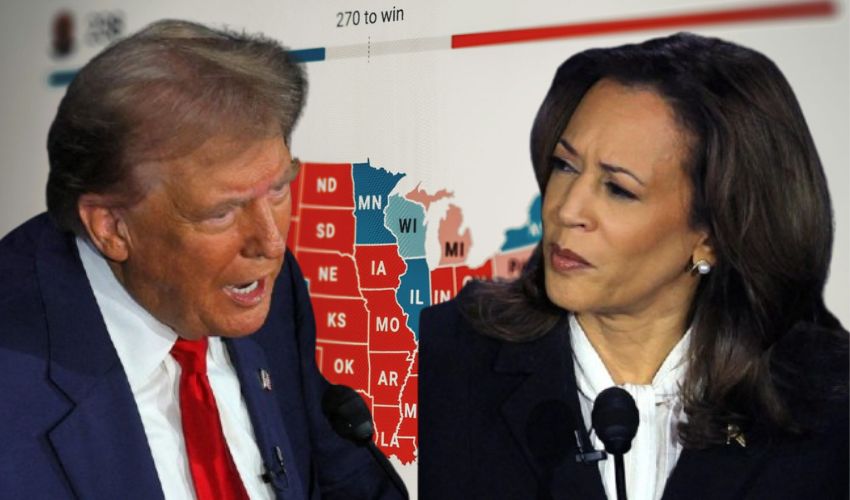The year 2024 has been labeled as the year of elections as major countries like Pakistan, Bangladesh, India, and the United Kingdom held general elections. Now the United States (U.S.) presidential election is set for November 5 and is only weeks away.
Only three criteria are required to become a U.S. president, including being a natural-born citizen, at least 35 years old, and having resided in the country for 14 years.
The U.S. election process can be divided into four phases.
The first involves the primary and caucus rounds, where voters select delegates.
In the second phase, the Republican and Democratic National Conventions are held, officially nominating candidates for president and vice president.
The third phase involves the general election, where citizens cast their votes.
While the U.S. presidential election is indirect, the most significant part occurs in the fourth phase, the formation of the Electoral College.
What is Electoral College?
On November 5, voters will elect 538 electors based on state population and representation in Congress. A candidate needs 270 electoral votes to win the presidency.
The United States registered voters will vote for electors and then the electors will make an Electoral College to elect the new president.
Both parties will once again focus on swing states, which are crucial in determining the election outcome. After Congress certifies the results on January 6, the newly elected president will take the oath of office on January 20.
Throughout U.S. history, the Electoral College has been criticized for not being entirely democratic. Three instances have occurred where a candidate won the presidency despite losing the popular vote, including Donald Trump's victory over Hillary Clinton in 2016 wherein Donald Trump got three million fewer votes than his rival Hillary Clinton but still managed to become the POTUS because he got more electoral college.



























